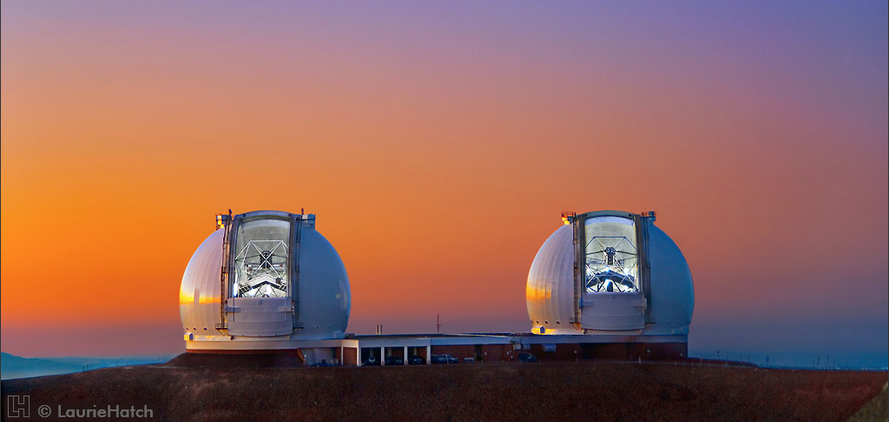
Population growth on the Island of Hawaii is relatively rapid, particularly on the western side of the island that is less frequently covered by clouds. A second repeater can be activated in the event that the Governor of Hawaii declares an emergency. There is one low power radio repeater located on Mauna Kea and used by the Hawaii Volcanos Observatory for safety reasons. There is a ban on fixed radio transmitters on Mauna Kea. The submillimeter, radio and optical telescopes on Mauna Kea also need to be protected from radio frequency interference. The eastern side of the island is frequently covered by clouds, and these clouds help to suppress artificial lights from populated areas such as Hilo in the eastern part of the island. MK.3 shows a spectrum of the night sky seen from Mauna Kea. As a result, the sky background on Mauna Kea is very close to the natural level. Sodium emission from low-pressure sodium street lights forms part of the emission near 589 nm.įortunately, a strong lighting ordinance that was enacted in 1989 has provided good protection for the telescopes from light pollution. Nearly all of the flux shown here is natural. MK.3: A spectrum of the night sky seen from Mauna Kea. Justification for inscription Comparative analysisįig. The Caltech Submillimeter Observatory is expected to be shut down and removed within 4 years. The only telescope presently under development is the Thirty Meter Telescope. This telescope is still in development, and is not functioning properly at the present time. The main purpose of this telescope will be for teaching. The University of Hawaii at Hilo has replaced the other 0.6-meter telescope with a slightly larger aperture 0.9-meter telescope in the same structure. The most recent major telescope to be completed is the Submillimeter Array, which consists of 8 movable antennae, each with a diameter of 6 meters. The Gemini Northern 8-meter telescope was built on the site of one of the original 0.6-meter telescopes, and the 0.6-meter telescope was removed. The Gemini-North and the Subaru telescopes were then constructed each has a monolithic primary with a diameter slightly larger than 8-meters. The 10-meter Keck-1 Telescope began observations in 1990, and its success led to the completion of the adjacent Keck-2 telescope in 1996. These were followed by two submillimeter telescopes: the James Clerk Maxwell Telescope and the Caltech Submillimeter Observatory.

In 1979, thee larger telescopes-the 3.6-meter United Kingdom Infrared Telescope, the 3.8-meter Canada-France Hawaii Telescope, and the 3.0-meter NASA Infrared Telescope Facilty-began observations from Mauna Kea. The 2.2-meter telescope showed that Mauna Kea was an excellent site for astronomy. This telescope was managed by the University of Hawaii, and built using funds from NASA. A larger 2.2-meter telescope was completed in 1970. Existing cinder cones near the summit that do not have telescopes on them, such as the Pu‘u Wekiu (the summit), Pu‘u Poliahu (to the west) and Pu‘u Hau Kea (to the south) will not be used for telescopes.Īfter a several-year period of site testing in the 1960s, two small telescopes (0.6-meter diameter) were built in 19. The area of Mauna Kea designated for astronomical use stretches north to the TMT site, and encompasses the area already developed with telescopes.

The proposed Thirty Meter Telescope (TMT) will be built on the plateau to the north of the main collection of telescopes near the summit, at a location of approximately 19° 49′ 57″ N, 155° 28′ 55″ W, at an altitude of approximately 4,007 meters (13,150 feet). The Hawaii antenna of the Very Long Baseline Array is located away from the summit region, at 19° 48′ 05″ N, 155° 27′ 21″ W at an altitude of approximately 3,732 meters (12,240 feet). The Submillimeter Array (SMA) is not shown in the table because it consists of 8 movable antennae with positions that change. Altitudes for the optical telescopes were determined from telescope construction plans. The coordinates were determined from an aerial survey made on September 25, 1996, that used GPS techniques for reference points. MK.2 and their geographical coordinates are listed in the table. The locations of the telescopes are shown in Fig.

MK.2: Locations of observatories near the summit of Mauna Kea


 0 kommentar(er)
0 kommentar(er)
